QR Codes first appeared more than a decade ago. And marketers jumped at the fresh idea of engaging their audience with print media. But if you are a marketer who used QR Codes back then, you probably hate them. And you are not wrong.
Back then, the end-users had a terrible experience using QR Codes:
1. Most people did not own a smartphone
2. Those who did had to first download an app to scan a QR Code. Almost no smartphone came equipped with one
3. When they finally did download one, it would first take a picture of the QR Code. Once done, they process it and it then redirects them to the website
4. Back then people had GPRS and EDGE mobile internet connections. This meant that the website would take a long time to load
5. Eventually when it did load, small screen size and non-optimized mobile landing pages did not make all this effort worth it
This is why QR Codes failed to pick up as a marketing tool.
But, this was back in 2010. Do people use QR Codes in now? In millions.
Believe it or not, QR Codes have made a huge comeback. The growth in QR Code usage was already surging. And with the COVID-19 pandemic, their utility increased manyfold. From helping with contact tracing to making the lockdowns better, they’ve done it all. This shows that QR Codes were ahead of their time. But now, they make a lot of sense, more than ever.
Why QR Codes make sense now?
Everything has changed now—macro factors, technology, and consumer behavior. All of the following factors are responsible for the massive adoption of QR Codes:
A. Everyone now has a smartphone with fast mobile internet and a QR Code scanning app
Smartphone Penetration, Fast Mobile Internet, and QR Code Scanning Apps have seen rapid growth over the last five years.
1. Soon every other person in the world will own a smartphone
In 2017, Global Smartphone Penetration was 59.01% which reached 78.05% in 2020.
This rapid increase in smartphone penetration has pushed marketers to target smartphone owners. They are doing it through various mobile marketing techniques. Some of these techniques include mobile ads, push notifications, and mobile app content.
Related : How To Make QR Code For App Links
2. As of Jan 2022, 62.5% of the world’s total population had access to high-speed mobile internet
Internet users have also grown by 4% from Jan 2021 to Jan 2022. Here, 92.1 % of device ownership belongs to mobile phone users.
Fast mobile internet makes it easy for users to download and view content shared by marketers. For example, accessing a webpage or downloading an app.
3. Now most smartphones come equipped with a QR Code scanner
Everyone knows that there are hundreds of free QR Code scanning apps available on app stores. Popular app stores are Apple App Store, Google Play Store, and Windows Store. But smartphone owners still have to download one to scan a QR Code, right? Not anymore.
Most smartphones now come with a QR Code scanning feature built into the stock camera app. These include iPhone, Xiaomi, Motorola, Samsung, and Lenovo to name a few.
Even if this feature is not available, there are popular apps that now come with inbuilt QR Code scanning feature. Apps such as Snapchat, Pinterest, WeChat, UC Browser, Opera Mini, Chrome (iOS), Samsung Internet, Bing Search, Firefox 8.0, and Paytm (India). The list is endless.
Did you know that Apple added an in-built QR Code scanning feature to its native camera? This rolled out in the iOS 11 update in Sept 2017. What does that tell you?
That as QR Codes started picking momentum, even Apple joined the suite.
But when did this all happen?
B. China spearheaded the rapid adoption of QR Codes
It’s safe to say that ‘China is painted with QR Codes’. From weddings gifts to virtual stores, China uses QR Codes practically everywhere.
Apart from macro factors discussed above, there is a strong fundamental reason for this attraction towards QR Codes. Mandarin and Cantonese are very difficult languages, even for the locals. This is why the Chinese prefer to use voice messages over text messages. This is also why they would rather scan a QR Code than type a URL in a mobile browser.
This behavior pushed businesses to adopt QR Codes, wherever possible. In fact, huge credit goes to both Tencent Holdings and Alibaba Group of China for the growth of QR Codes.
Alibaba Group
In 2013, Alibaba group’s e-wallet, Alipay, allowed users to make payments by scanning a QR Code. According to April 2016 stats, Alipay recorded over 175 million transactions per day.
In the same year, Alipay also partnered with British cosmetics and skincare brand, The Body Shop. Chinese shoppers in London could make payments using the Alipay QR Code at any Body Shop store.
Tencent Holdings
In 2014, Tencent’s instant messaging and e-wallet app WeChat (Weixin) started QR Code payments. The app also uses QR Codes to help users add friends to their WeChat list.
In 2017, the Wall Street Journal published an article about the WeChat owner’s Allen Zhang. Here, he talked about his obsession with QR Codes. And how it brought about an internet revolution in China.
Now every WeChat in-store payment system features a QR Code. Global coffee store, Starbucks, uses WeChat QR Codes to accept payments in China. WeChat connects close to 600 million retail stores across China.
In fact, as per Tencent’s 2020 Pandemic report, in the first quarter itself, the economy from WeChat QR Codes shot up by 25.86%. This just shows the potential of QR Codes in payments.
Inspiry
Inspiry technology, a Chinese mobile payments provider, launched its offline mobile payments in Japan in Sep 2018.
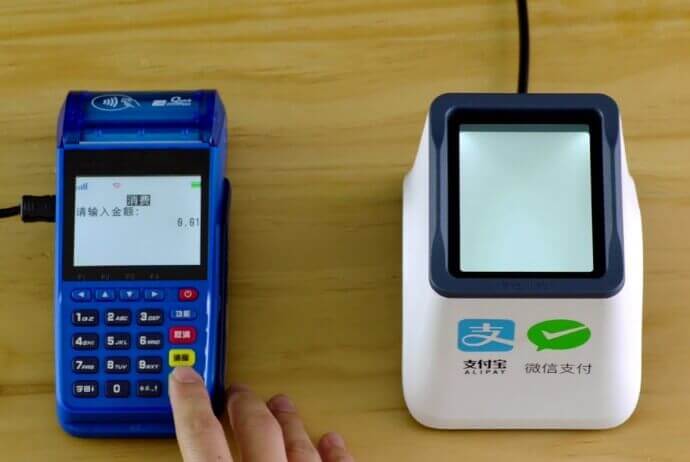
They invented an offline mobile payments solution— The Smart Box. It is a self-service QR Code payments terminal widely used across China. The smart boxes allow customers to pay with their smartphones using Alipay app.
The launch of Inspiry is also expected to contribute to Japan’s mobile based payments.
Faster Payment System
In Sep 2018, the Hong Kong Monetary Authority (HKMA) declared the launch of the Faster Payments System (FPS). The aim behind it was to facilitate instant inter-bank fund transfers.
FPS is a project that will use mobile numbers, email addresses, or QR Codes for instant payments.
The popularity of QR Codes in China brought about an important release. It was the release of an ‘industry standard QR Code specification’ for payment systems. The document was released in 2017 by EMVCo. It is a consortium, that boasts of members such as Visa, Mastercard, American Express, and UnionPay. The industry specification may soon pave a way for a unified global payment system.
According to a study from 2018, 70% of China’s population regularly uses QR Codes for payments. This is a huge number.
Moreover, it is expected that the contactless payment market is going to hit $4.68 Trillion by 2027. This means an expansion at a CAGR of 19.8% from 2020 to 2027.
Why are QR Code Payments so popular?
QR Code payments are fast and more secure than card-based payments.
In 2017, an employee of a popular restaurant in Delhi, India was arrested. This individual was charged for duplicating credit card details off of 13 customers. This fraud amount was about INR 600,000. This is just one of the many fraud cases reported each year globally.
A. The world is following footsteps of China in QR Code Payments
It’s not just China that uses QR Codes for cashless payments.
Singapore
In Aug 2018, Singapore launched PayNow Corporate. It is a service to allow corporates, businesses, and Singapore’s Government to make and receive payments.
PayNow Corporate is safe, fast, convenient, and cost saving. It works by generating QR Code to receive payments.
Moreover, a study was conducted in 2018. According to it, 67% of the Singaporean population had made use of QR Code payments. And by now, this number would be even higher.
Brunei
In Aug 2018, Bank Islam Brunei Darussalam (BIBD) launched Quickpay. It is one of the updates by BIBD to simplify the transactions.
Quickpay uses QR Codes to perform transactions. These QR Codes can be scanned with the BIBD mobile app to make payments.
Japan
In Jul 2018, Softbank and Yahoo Japan jointly announced Paypay Corporation to be launched in autumn 2018. The main aim behind this was to promote a cashless society in Japan. Japan’s cashless payment ratio for 2018 was 20%. And the Japanese Government wants to increase it to 40% by 2025. The launch of Paypay Corporation would help the Japanese Government fulfill its goal.
India
QR Codes became popular in India, thanks to the e-wallet Paytm that is partly backed by the Alibaba Group. Cashless payments quickly spread in India post demonetization in November 2016.
In 2016, Paytm recorded one billion transactions and crossed five billion transactions by Jul 2018. By Jul 2018, Paytm had approximately 300 million registered users of which 120 million were active users.
In 2016, the Indian government also launched Unified Payments Interface (UPI) based apps. Its aim was to promote a cashless economy. These include apps such as BHIM and Bharat QR.
In 2018, Delhi Metro rolled out QR Code based payments at IGI metro. Passengers no longer need to stand in queues to buy a token or recharge their smart cards. They can now pay for their ride through QR Code on their smartphones.
Also, in Aug 2018, the Government of India launched India Post Payments Bank (IPPB). Each account holder of IPPB gets a QR Card. This QR Card acts as a debit card to make payments. One can scan the QR Code on the QR Card and authorize the payment with biometric information.
Switzerland
European countries such as Switzerland also use QR Codes for payments.
In May 2017, Switzerland announced the digitization of its payments and invoicing system. They did it using the QR Bill. By January 2019, every payment slip in Switzerland was expected to feature a QR Code.
United States
In the United States, Paypal, an online payment system allows users to make transactions by scanning a QR Code.
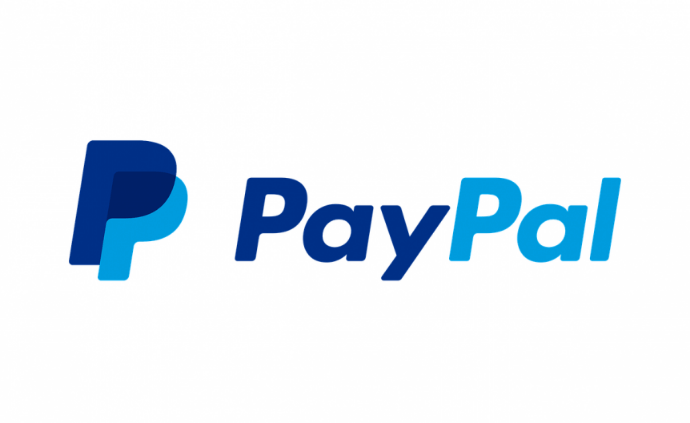
Retailers such as Target and Walmart have a QR Code payment system in place for their customers.
B. Informed consumers now need QR Codes to get more information on products
a. According to a new U.S law, every product is required to have a QR Code to provide GMO information
In 2016, Genetically Modified Organisms (GMO) was a highly debated topic in the United States. Authorities called for food manufacturers to add tags on packaging. These tags would help customers differentiate between GMO and non-GMO foods.
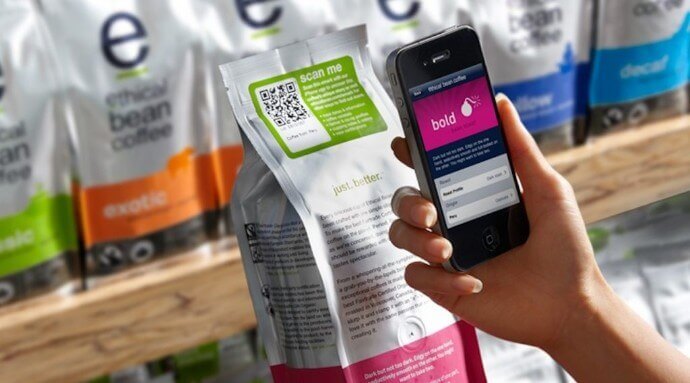
In Jun 2016, the State of Vermont passed a law instructing all manufacturers to add GMO labels. The same year in Jul, the US House and Senate passed the GMO Labelling Bill. In Nov 2016, the then President of the U.S, Barack Obama, signed this bill.
The federal law required all food manufacturers to add a QR Code to their product packaging. This would link consumers to detailed GMO information. This move came as a welcome relief to all manufacturers as they no longer need to follow confusing and strict labeling policies.
The GMO debate also kickstarted the Smart label QR Code. This initiative was taken by Grocery Manufacturers Association (GMA). As part of the initiative, food manufacturers added QR Codes to their product packing. Scanning the QR Code led consumers to a webpage with more information about the product. Close to 30 food companies including PepsiCo, Coca-Cola, Nestle, Hershey, and Colgate are part of this initiative.
b. European Medicines Agency has issued guidelines to Pharma companies on how to use QR Codes
In 2015, the European Medicines Agency (EMA) issued guidelines to pharma companies that wished to add QR Codes to their packaging. Some of the guidelines included, adding scannable QR Codes, and link information that is useful to the consumers.
Read more: Top Highlights: EMA’s QR Code Guidelines for Pharma Companies
C. QR Codes in messenger apps are highly popular with millennials
a. Snapchat
In 2014, the instant image sharing app, Snapchat launched Snapcodes. Snapcodes are custom-QR Codes that allow users to add friends on Snapchat. Snapcodes made a lot of people, especially in the U.S take notice of QR Codes. In Nov 2016, Snapchat introduced an inbuilt QR Code scanning feature.
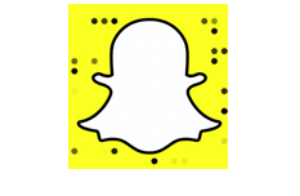
In 2015, Snapchat had approximately 46.2 million users, which has grown to 70.4 million in 2017.
b. Facebook Messenger
In Apr 2016, Facebook introduced the Facebook Messenger QR Codes. Users could scan these codes to add friends on their Facebook Messenger list.
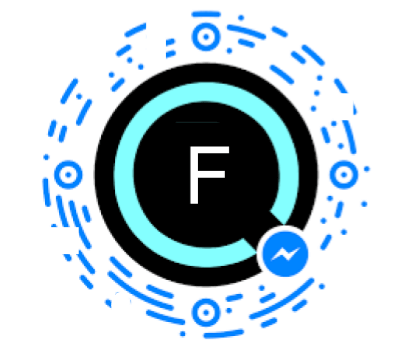
c. Twitter
In Nov 2016, Twitter also launched Twitter QR Codes. Scanning these allowed Twitterati to follow others on Twitter.
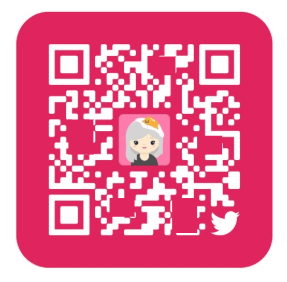
d. WeChat
Like Snapchat, WeChat also allows users to add friends to their WeChat list by scanning a WeChat QR Code.
e. LinkedIn
In Jun 2018, LinkedIn rolled out LinkedIn QR Codes. These allow you to network better by connecting to people.
f. Instagram
In 2018, Instagram launched Instagram nametags. People can scan your nametag to follow you on instagram without typing your name.
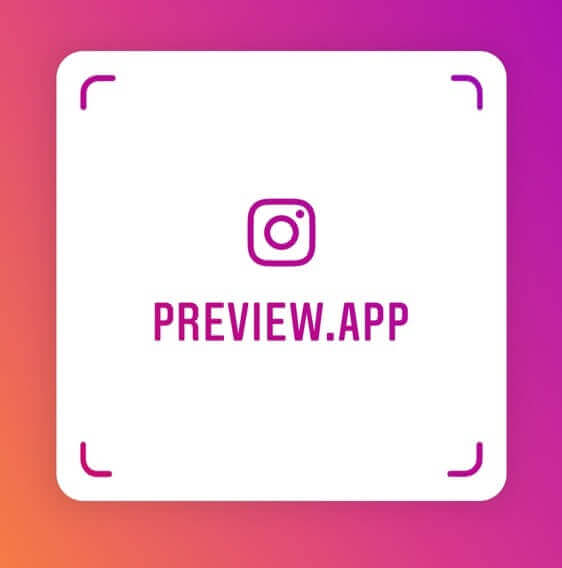
g. WhatsApp
WhatsApp is the most popular messaging app. And it has also introduced in-app QR Codes. These include WhatsApp QR Code, WhatsApp Group QR Code, and WhatsApp Web QR Code. All three have different functions:
- WhatsApp QR Code helps users save you as a contact
- WhatsApp group QR Code that helps users join your group. To do this, you need to be the admin of the group
- WhatsApp Web QR Code allows you to access WhatsApp on a computer. This QR Code keeps on changing to ensure user safety
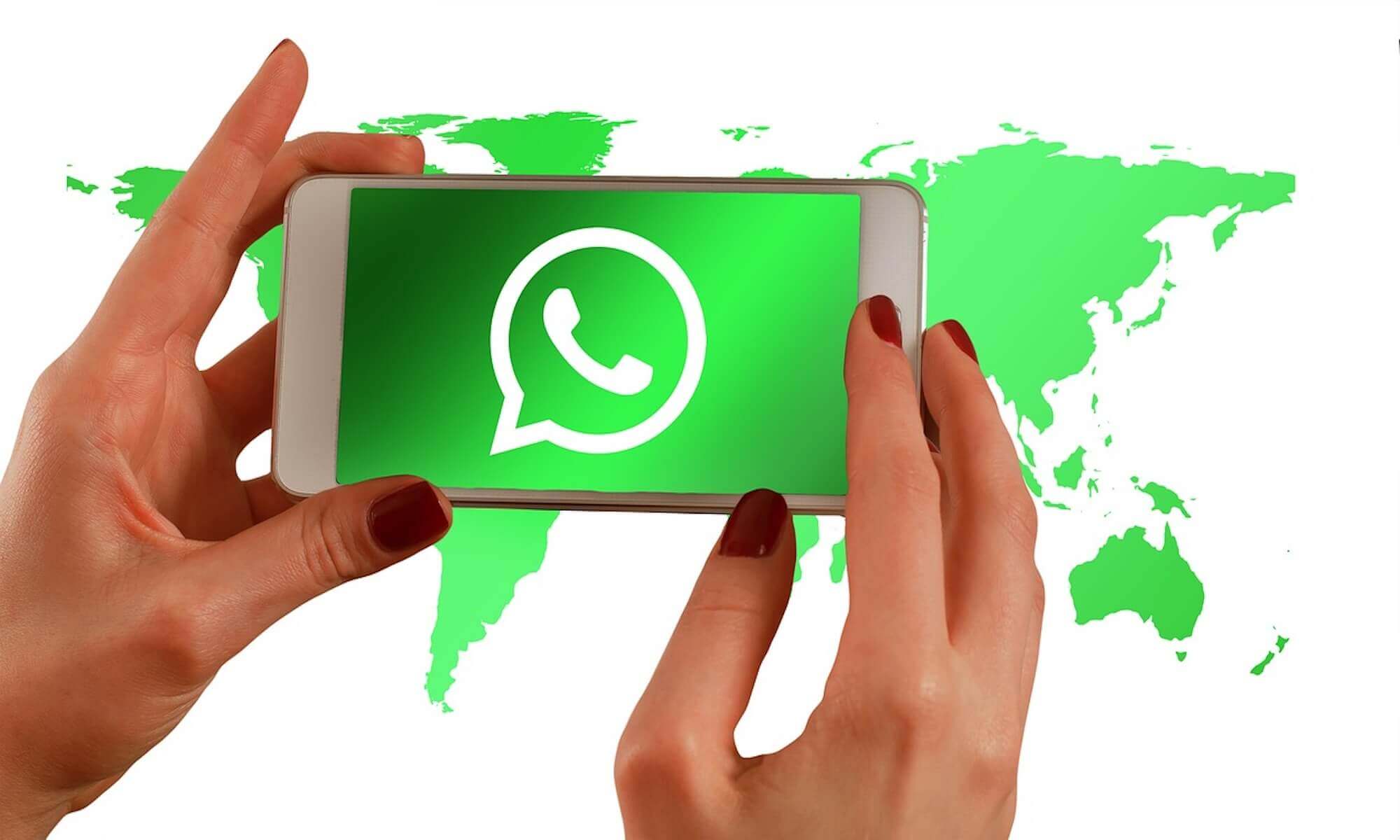
D. Bike-sharing services like Ofo bikes use QR Codes
Just like taxi apps, such as Uber, that allow you get a taxi, bike rental services help you rent a bicycle to commute. Generally, the bikes of such services have a QR Code that needs to be scanned in order to rent a bike. Some of these services are:
Mobike
It is Beijing’s station-less bicycle sharing platform. Mobike is the world’s first and the largest bike operator.
Ofo Bike
Ofo Bike is another dockless bike sharing service from China. These bikes are lightweight, three geared, have in-built lights, and solid rubber wheels.
YoBike
This one is the UK’s dockless bike sharing service and works in a manner similar to Mobike.
Mobycy
Mobycy is India’s first dockless bike-sharing app. It allows you to pick a Mobycy bike from anywhere, ride it, and park it sensibly anywhere.
INDIGO Wheel
It is another bike rental service with absolutely no docking stations at all. Just pick, ride, and park the bike.
VeoRide
One needs to have VeoRide in the smartphone to be able to rent a VeoBike. The app even helps you monitor your performance. It offers costless set-up and zero annual fees.
E. Popular apps like Whatsapp use QR Codes for login & authentication
Popular instant messaging apps such as Whatsapp and WeChat use QR Code authentication to allow users to access chats on computer screens.
For more such famous QR Code Campaigns, you can download a free e-book on QR Code Trends 2024 and understand the potential future of QR Codes.
Why QR Codes make sense in marketing in 2023?
We’ve established that QR Codes are widely popular. But why should marketers use them in 2023?
A. Exponential increase in consumer awareness
Thanks to apps such as WeChat, Whatsapp, and Twitter, consumers across the globe are now aware of QR Codes. And how to scan them.
Marketers will no longer need to educate consumers on how to engage with QR Codes.
B. High demand for detailed product information
Consumers, especially in North America and Europe, are particular in their buying behavior. They demand detailed product information on the product packaging before making a purchase. These include information about ingredients, sourcing, technical specifications, and the user manual. GMO labeling in the United States is a good example of this.
C. QR Codes can now be designed to look attractive
It’s no secret that black-and-white QR Codes don’t go well with marketing creatives. But, using advanced QR Code generators, it is possible to customize QR Codes. They allow you to add your brand colors and logo to QR Codes.
Custom-designed QR Codes work just as well as the regular QR Codes but attract more scans from users.
Also Read: How to attract more scans using QR Code Design
D. Thanks to QR Codes, track print media ROI
Peter Drucker once said, ‘If you can’t measure it, you can’t improve it’.
But tracking ROI was a big issue with print media, wasn’t it? Who knows how many people saw the magazine ad, right?
But with QR Codes, marketers can track how many scans a QR Code gets. Each scan is an indication of a real potential customer genuinely interested in the product and not just a passerby. This quality information allows marketers to assess the impact of their ads.
Did you know that advanced QR Code Management tools now also allow you to:
- Get detailed analytics data such as number of scans by date, country, city, and device
- Get insights into how your end-users interact with the encoded content of the QR Code after scanning it. It can be anything from clicking on the Registration button to a Sign-up button
- Capture leads by adding a pop-up form before the QR Code content is revealed
So what should marketers do?
Some experienced marketers are averse to using QR Codes in their print media campaigns. However, many seasoned professionals out there are using QR Codes already. These include new-age marketers, teachers, Police, and even movie makers like Steven Spielberg.
So if you want your print media promotions to be engaging and trackable in 2022, start using QR Codes.
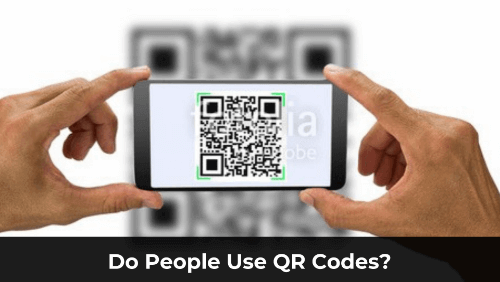
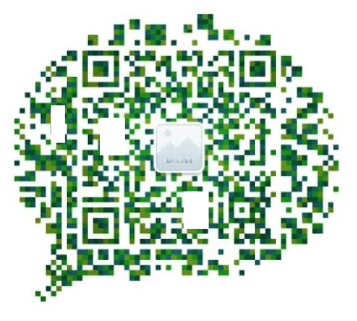
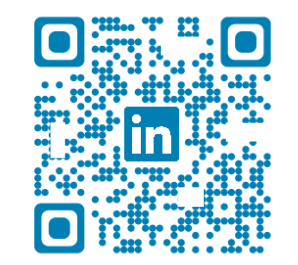
this is a good website
Very very good! thank you very much! I am behind time!
Good application
great stuff. so many uses
Thanks, Marvin. We’re glad you liked the article.
Nice info
Hi Lester,
We are glad you found the article helpful.
Yes, this is a Good one
Hi Kevin,
We are glad you liked the article.
I agree with you
Very interesting article, however I wish I had some more information about the profile of the consumers who use QR code. I.e. except of the millenials, who are used to technology, do consumers over 50 years old use the QR code?
Hey Vasiliki,
You can get the information on the users of QR Codes here: https://scanova.io/blog/qr-code-statistics/